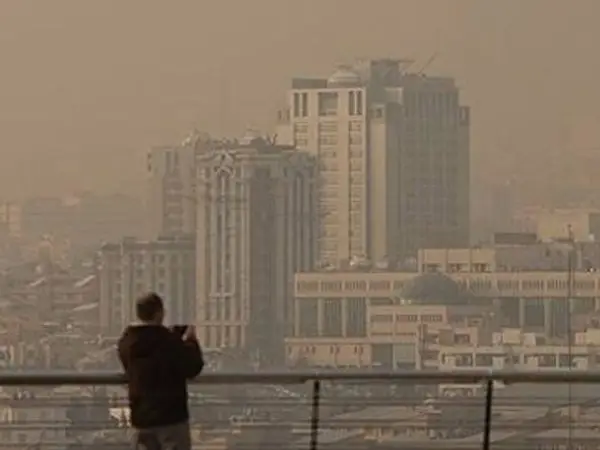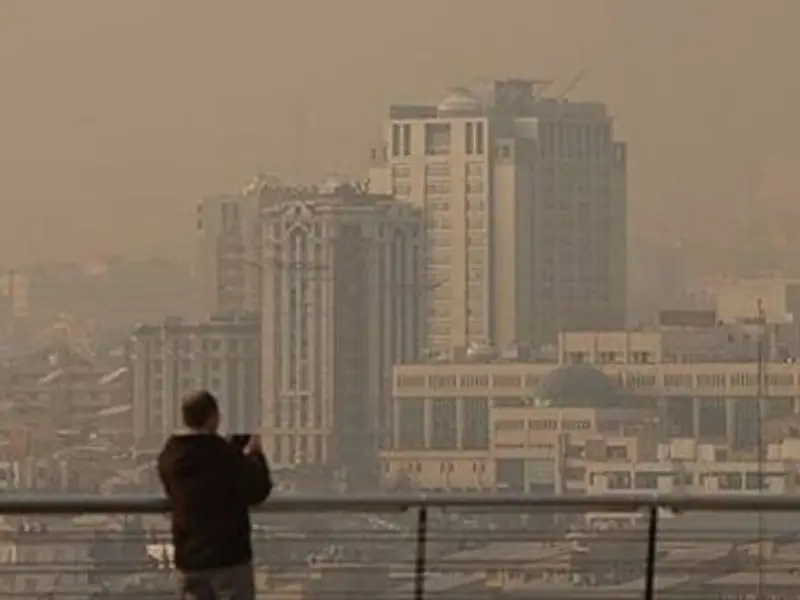Iran says air pollution in industrial cities will continue until Thursday, and the northeastern city of Mashhad is currently the most polluted city in the country.
Sadeq Ziyaian, Head of National Center for Forecasting and Crisis Management announced Tuesday that "air pollution will continue in industrial and densely populated cities,” after weeks of dangerous levels of pollutants in the air.
The northeastern city of Mashhad, as the most polluted metropolis, with a pollutant index of 154, was placed in an unhealthy category for "everyone". The situation in Esfahan in central Iran is equally dangerous with a pollutant index of 153.
Tehran, Karaj, Ahvaz and Tabriz are at the top of the industrial cities that experience air pollution.
Based on the approval of Tehran Air Pollution Emergency Committee, schools in all cities of the province were shut on Tuesday.
Experts say the reason for the high concentration of air pollutants is burning mazut, a dirty fuel, instead of natural gas in thermal power plants.
Mazut -- commonly called waste oil -- is a heavy, low quality fuel oil, only used when the facilities to blend or break it down into more conventional petrochemicals such as diesel are not available.
Iran has the world’s second largest natural gas deposits but is unable to boost production because it lacks capital and Western technology. It needs to invest $40 billion in modernizing and expanding its gas fields, but most are in the Persian Gulf and need Western technology.
Due to its anti-West foreign policy and an expanding nuclear program, Iran is under US sanctions and cannot borrow money or technology from the West.

